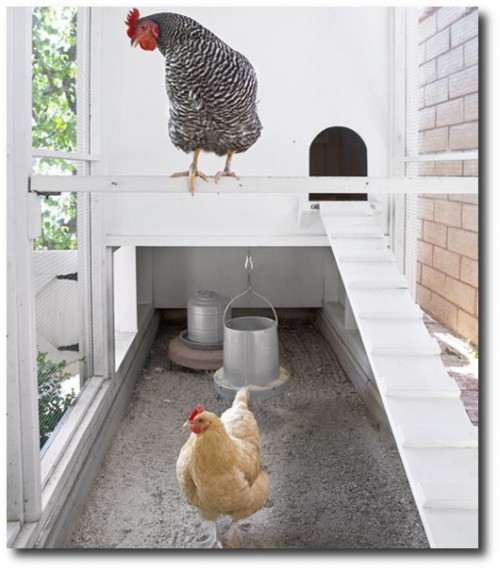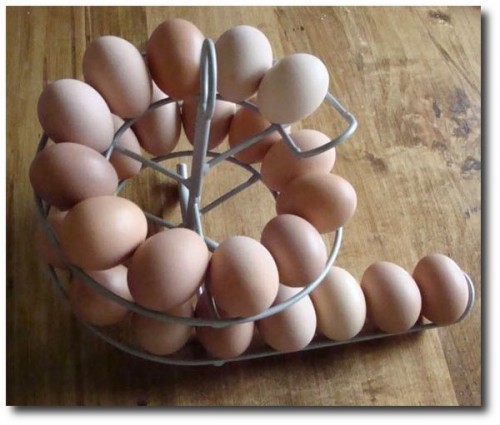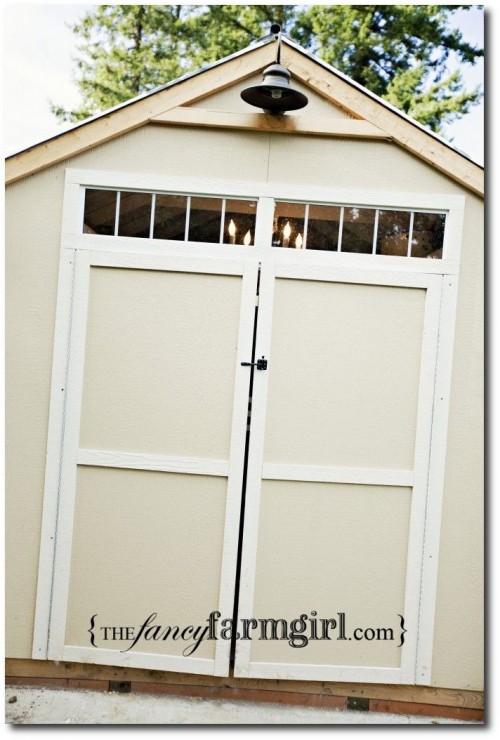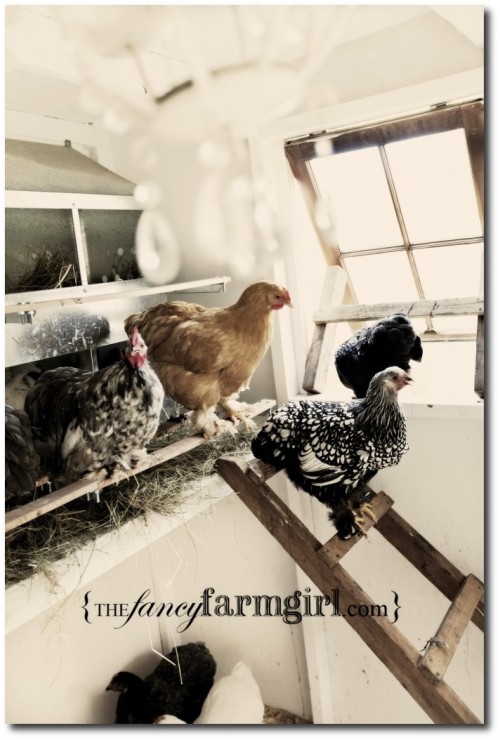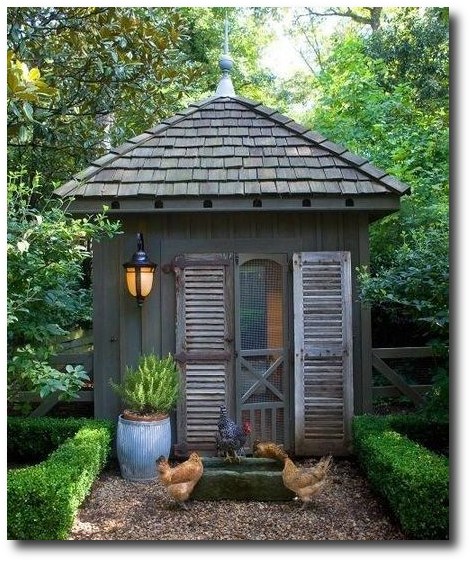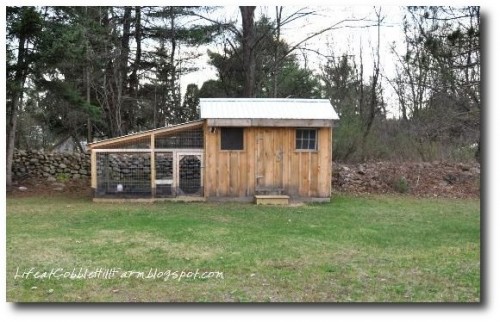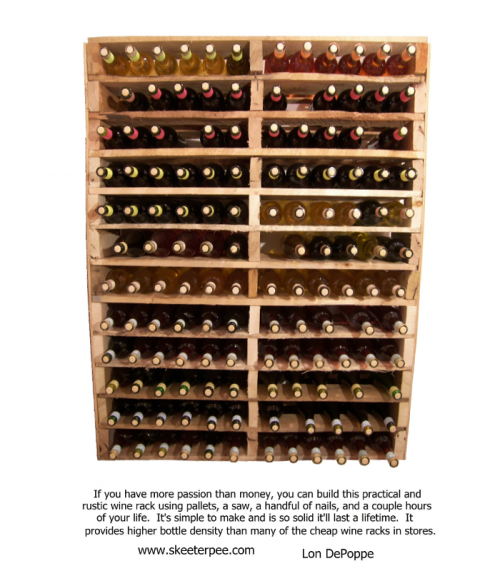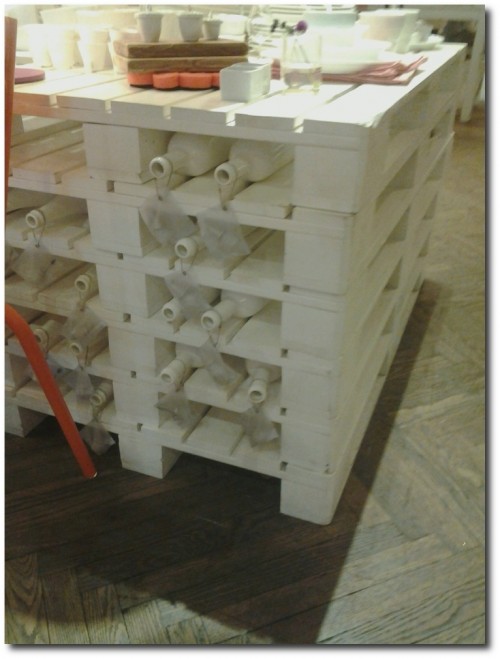 Thanks to recent natural disasters and other catastrophes, a lot of people have started to see the value of food storage. Of course, if the idea of living on canned ravioli and tuna fish doesn’t sound all that appealing to you, you may consider keeping chickens as part of your food storage. Not only do they make eggs appear every day like magic, but they also provide you with a fresh chicken dinner while you are waiting to have access to the grocery store again. Unfortunately, chickens don’t remain happy and healthy tucked away on your pantry’s shelf, so here are some tips to get you started.
Thanks to recent natural disasters and other catastrophes, a lot of people have started to see the value of food storage. Of course, if the idea of living on canned ravioli and tuna fish doesn’t sound all that appealing to you, you may consider keeping chickens as part of your food storage. Not only do they make eggs appear every day like magic, but they also provide you with a fresh chicken dinner while you are waiting to have access to the grocery store again. Unfortunately, chickens don’t remain happy and healthy tucked away on your pantry’s shelf, so here are some tips to get you started.
1. Check the Law Books
Nobody likes confrontation—especially with the police and most definitely not with that nosy homeowner’s association lady (you know the one). So before you bring home those cute little chicks, check out the local laws and subdivision rules to make sure you are allowed to have them. Clear the idea with your neighbors if they are close as well.
2. Select the Right Breed
If you live in someplace like North Dakota, getting chickens that are used to hot climates won’t survive through that long, cold winter. When selecting a breed, research which breed will thrive best in the climate you live in. On top of climate, look at whether the breed is known to lay frequently or infrequently. The Rhode Island Red is a popular breed for getting a plentiful egg supply. Don’t forget to check the sex! Roosters don’t produce eggs, and are awfully noisy. Make sure all of the chicks you get are hens. If you’d like to use your chickens for meat, check into how good the breeds are for meat, and how capable they are at foraging for their own food.
Picture Credit- Visit grandmas-dreams.tumblr.com
3. Free Range or Coop?
Free range chickens are fun to watch as they peck the ground and give themselves dirt baths, but they also have a tendency to make a mess, wander where they aren’t wanted and get attacked by predators. If you want to go free range, be sure there is still an outer fence, such as around a yard or field, to keep them contained and that they have some kind of protection from predators. A rooster will fight a predator to the death to protect his flock, but your presence can also warn off aggressive animals. Cooped chickens will stay completely safe, but they won’t have access to a free range diet or be quite as fun to have.
4. Food
Stock up on poultry feed for your chickens as they can’t live, generally, on what they find on your lawn (especially in winter). Fresh or dried worms, white grapes, pomegranate seeds and cherry tomatoes are also all good options and provide a nice treat. Chickens also make a nice food disposal, so toss them your leftover kitchen scraps. It’s like turning trash into fresh eggs.
5. Building the Coop
A chicken coop must be made to be completely secure from outside predators. As such, avoid building the coop directly on the ground where predators could easily sneak themselves up through a hole in the soil. Instead, build a raised coop with a floor. Use a smooth material to build the coop, as it will be easier to clean or paint, and construct outside access boxes, so you can retrieve the eggs without disturbing the hens.
“If my husband had his way, we’d live on a farm,” says Heather Bullard, whose career as a photo stylist instead requires close proximity to Los Angeles. So she and her agriculture-obsessed spouse, Jim, compromised by constructing a chicken coop.
Since the Bullards’ Riverside, California, backyard barely covers a quarter acre, looks mattered as much as function. Together, the two designed a Cape Cod–inspired structure that’s prettier than many human dwellings—and built it themselves for $1,600, using stock building materials and hardware from Home Depot.
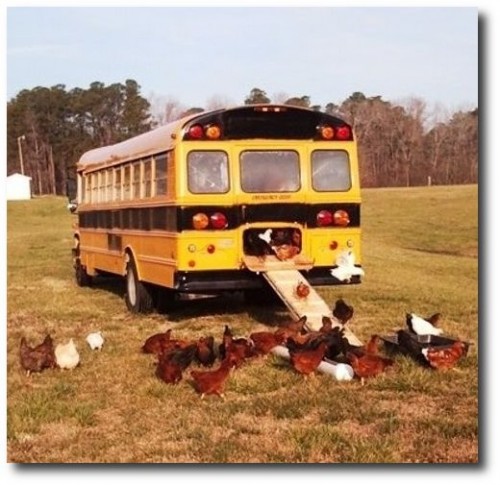 21 Coolest Chicken Coops Visit buzzfeed.com
21 Coolest Chicken Coops Visit buzzfeed.comWhat people have learned building their coops…..good ideas Visit grit.com




